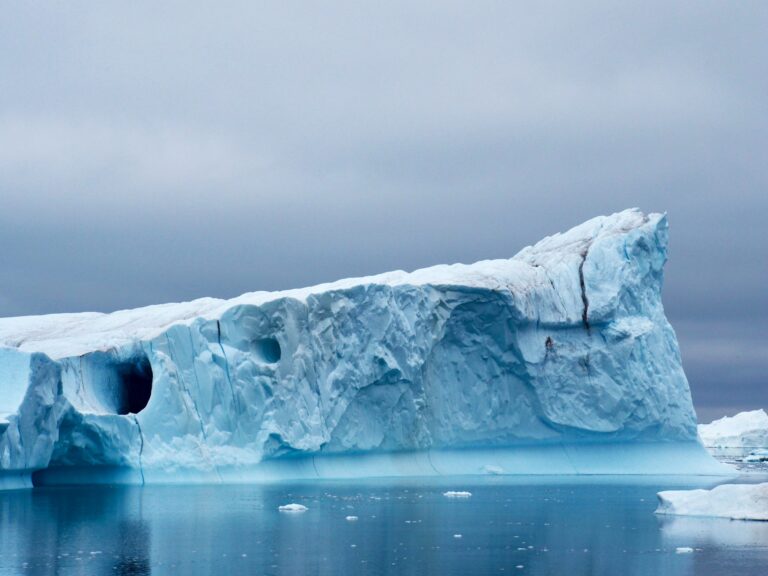Sea Icecapades

My heart sank writing this blog and doing the research. I imagined our world plummeting into a sea of melted ice and ancient microbes! Meanwhile, losing a whole Arctic ecosystem. It is difficult to predict the changes we will see over the next few years if climate change keeps getting worse. Experts have struggled to predict an accurate picture of ice behaviour. However, the floods seen most recently, are an indisputable sign of climate change. Nature Climate Change study said 110 trillions of ice will melt from Greenland’s ice sheet.
Rising sea levels are a huge concern, “Sea level rise will create a profound shift in coastal flooding over the next 30 years by causing tide and storm surge heights to increase and reach further inland.” This quote is from a study by the National Oceanic and Atmosphere Administration. Stating 10-12 inches of rising sea levels by 2050 would mean floods would be ten times as frequent, with countries such as Bangladesh being left vulnerable. Other studies projected half a foot by 2100. Radical plans to decrease the temperatures have come up in the form of microscopic aerosol particles. This would take 175,000 flights a year.
Not only are the ice caps melting a cause for concern because of sea levels but also hazardous microbial species. Nature Biotechnology took samples from 21 glaciers and found 968 microbial species. “Microbes stuck for centuries of which we have no natural immunity”. 2000-2019 the world’s glaciers lost 267 tons of ice each year. The Himalayan ice cap is set to reduce by a third in 2100.
In addition to our struggles, the Arctic ecosystem is becoming extremely affected. Sea ice reflects the sunlight away from the water and holds nutrients. Many animals rely on it to hunt and shelter. The most shocking photo of climate change was Sea Legacy’s starving polar bear, photographed in Nunavut. In 2018 a man was killed protecting his family from a polar bear in the same place. These animals are running out of food and head into nearby cities for supplies.
The Polar Cod, for example, is a key part of the ecosystem. Feeding Narwhals, Belugas and Ringed Seals, Ringed Seals are then eaten by Polar Bears. It is clear to see how one small ‘forage fish’ could be such a vital piece of the puzzle. Unfortunately, these fish, better known as ‘sardines of the north’, are very vulnerable to temperature changes and have been reducing in numbers.
Andrew Derocher studied polar bears in Hudson Bay 1980s and said “Polar bears were just an early harbinger of change”. Something needs to change drastically. Thankfully, many companies and corporations have been doing their bit to reduce and educate about carbon footprints.

Responses